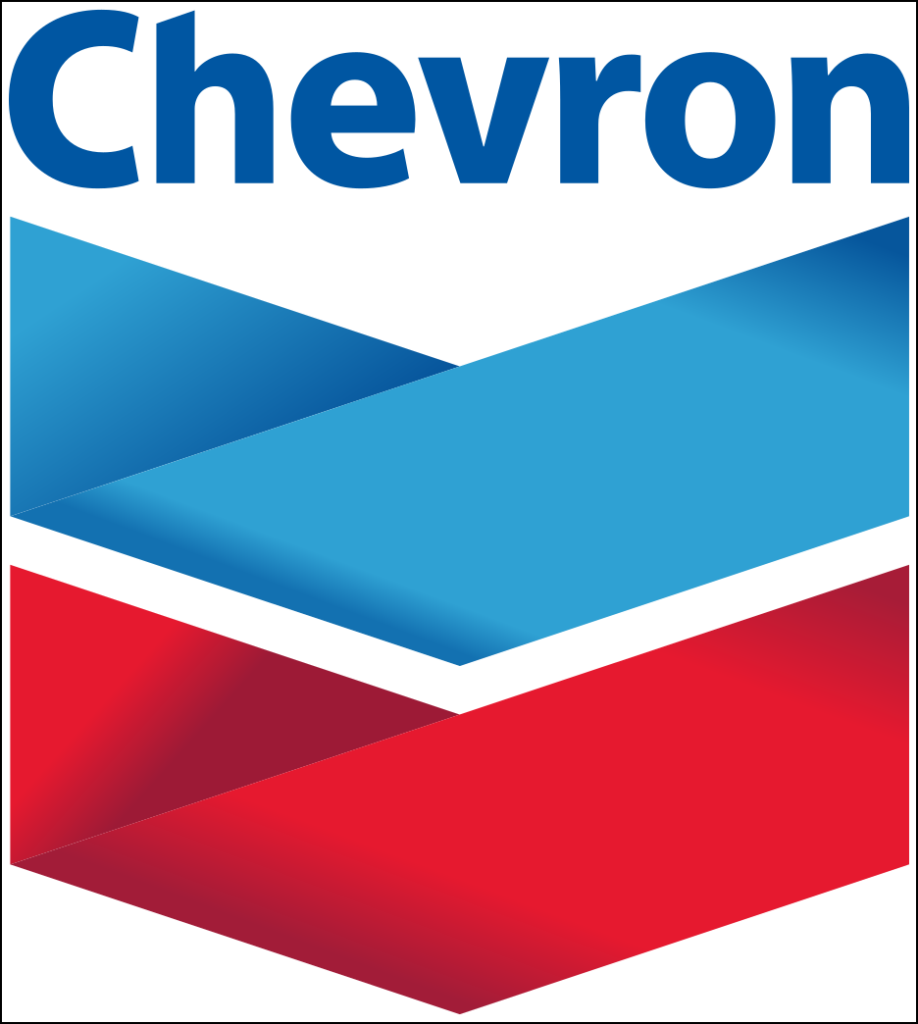NGI The Weekly Gas Market Report | Coronavirus | E&P | Earnings | NGI All News Access
Chevron’s Future Earnings Under Heavy Pressure Amid Coronavirus Impacts, but CEO Optimistic Long Term
Continued strong production in the Permian Basin helped drive Chevron Corp.’s first quarter earnings higher. But the San Ramon, CA-based major said production would drop with planned curtailments, and it warned that distressed market conditions imposed by coronavirus fallout necessitated further budget cuts and could depress future earnings.

“Chevron is responding to these unprecedented challenges by making changes to what we control, and with a commitment to protect the long-term health and value of the company,” CEO Michael Wirth said Friday.
Wirth noted the plunge in commodity prices in March and continued weakness in April linked to a drop-off in energy demand amid stay-at-home orders and travel limitations intended to slow spread of the coronavirus.
Prior to the pandemic, Chevron had planned to spend about $20 billion this year. However, it is trimming 2020 capital expenditures (capex) for the second time in two months to about $14 billion for the year. On Friday it announced another $2 billion in capex reductions, in addition to $4 billion in March. The company also estimated 2020 operating costs would decrease by $1 billion. It previously suspended share repurchases and announced new asset sales to safeguard capital.
In addition to the capital pullbacks, the company plans to curtail production in the Permian, the biggest oil play in the country, by 200,000-300,000 b/d in May, and by 200,000-400,000 in June.
[Want to see more earnings? See the full list of NGI’s 1Q2020 earnings season coverage.]
Chevron and other integrated majors are responding to sharp declines in energy use and uncertainty about the duration of the pandemic with spending cuts to protect their bottom lines and bridge the gap to an economic recovery.
The International Energy Agency estimated in a new report that global energy demand could plummet 6% in 2020, driven in part by a 9% plunge for oil, the biggest declines in seven decades. It also estimated a 5% drop in demand for natural gas, a decline that would end 10 years of uninterrupted growth.
Chevron’s oil production rose 6% from a year earlier to a company record of 3.24 million boe/d, led by a 48% jump in the Permian.
In upstream, the rig count for 2020 is set to decline by about 60% by the end of June, Wirth said. Liquefied natural gas (LNG) contract sales have been unaffected to date, he said.
“I think we need to be very focused on efficient use of every one of our resources to operate well and to drive the cost of supply down in a world that looks like it will be pretty well supplied,” he said during the conference call.
While the outlook remains murky and near-term pullbacks were necessary, he said conditions may be leveling off. “It feels like we are finding the bottom right now.”
Wirth also struck a cautiously optimistic tone about the months ahead, echoing comments by ExxonMobil CEO Darren Woods, who also spoke Friday during a quarterly call.
“I’m an optimist that in time the health risks will be successfully mitigated and managed,” Wirth said. “I believe that the world will return to some post-coronavirus form of normal. And that means economic activity. It means growth.”
Chevron on Friday posted Q12020 net income of $3.6 billion ($1.93/share), up from $2.6 billion ($1.39) a year earlier, driven by downstream margins and increased Permian production.
Domestic production in 1Q2020 was 1.06 million boe/d net, up 180,000 boe/d year/year, with increases tied to shale and tight resources in the Permian. Liquids output increased 16% to 803,000 boe/d, while gas production climbed 35% to 1.56 Bcf/d.
Other drivers in the quarter included a gain of $240 million associated with the sale of upstream assets in the Philippines and favorable tax items totaling $440 million attributable to international upstream. Foreign currency effects contributed $514 million to the upside.
Revenue, meanwhile, declined to $31.5 billion from $35.2 a year earlier. Sales and other operating revenue also fell to $30 billion from $34 billion.
U.S. upstream operations earned $241 million, down from $748 million a year earlier, largely because of lower crude oil and natural gas realizations. Domestic crude and liquids prices in the first quarter averaged $37/bbl, compared with $48 a year ago. U.S. natural gas prices averaged 60 cents/Mcf, versus $1.64 in 1Q2019.
The international upstream operations segment generated earnings of $2.7 billion in 1Q2020, compared with $2.4 billion a year earlier. The gains were partly offset by lower oil and natural gas prices. Overseas oil and liquids fetched $43/bbl on average in the first quarter, down from $58 from a year earlier. The average sales price of overseas gas was $5.66/Mcf, compared with $6.57 in 1Q2019.
International output in the first quarter averaged 2.17 million boe/d, up 17,000 boe/d year/year because of increases from production entitlement effects and decreased downtime at Chevron’s Gorgon LNG Project in Australia. The net liquids component decreased 2% to 1.16 million boe/d, while net gas production increased 4% to 6.05 Bcf/d.
Capital and exploratory expenditures in 1Q2020 were $4.4 billion, down from $4.7 billion a year earlier. Upstream expenditures represented 88% of the total.
Cash flow from operations in 1Q2020 was $4.7 billion, compared with $5.1 billion a year earlier. Excluding working capital effects, cash flow from operations was $5.8 billion, compared with $6.3 billion in the year-ago period.
© 2024 Natural Gas Intelligence. All rights reserved.
ISSN © 1532-1231 | ISSN © 2577-9877 | ISSN © 1532-1266 |
